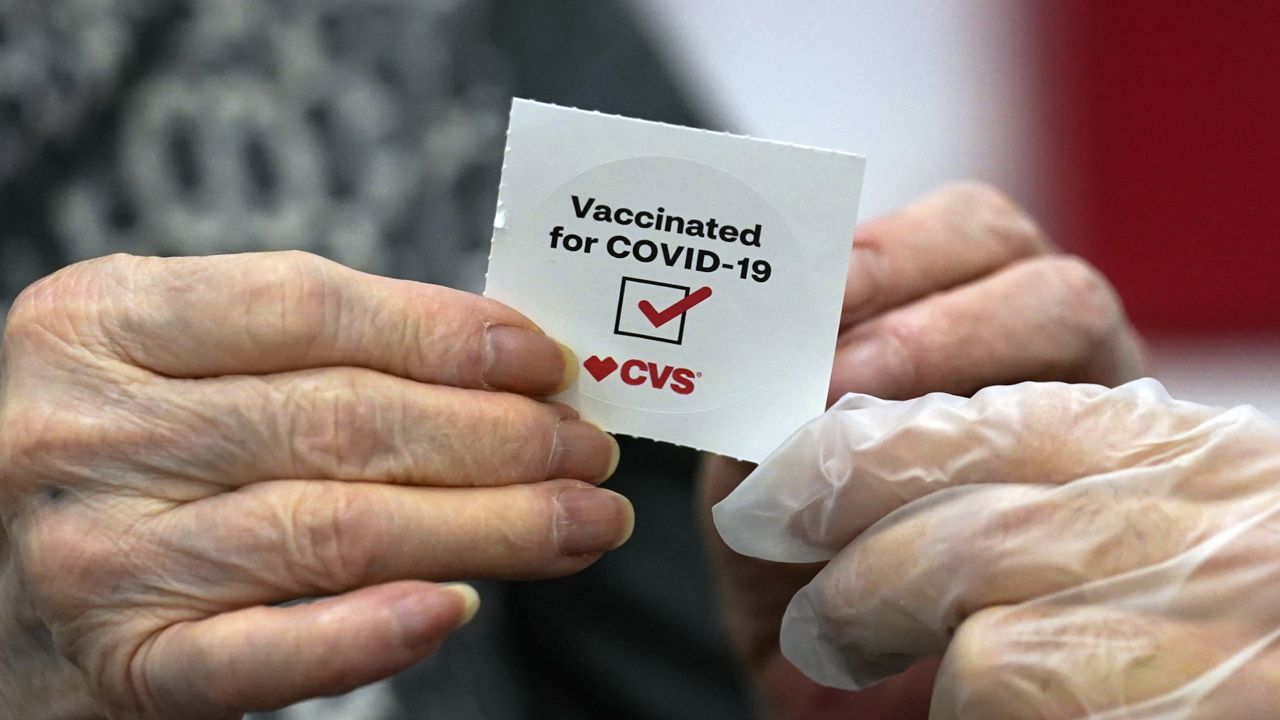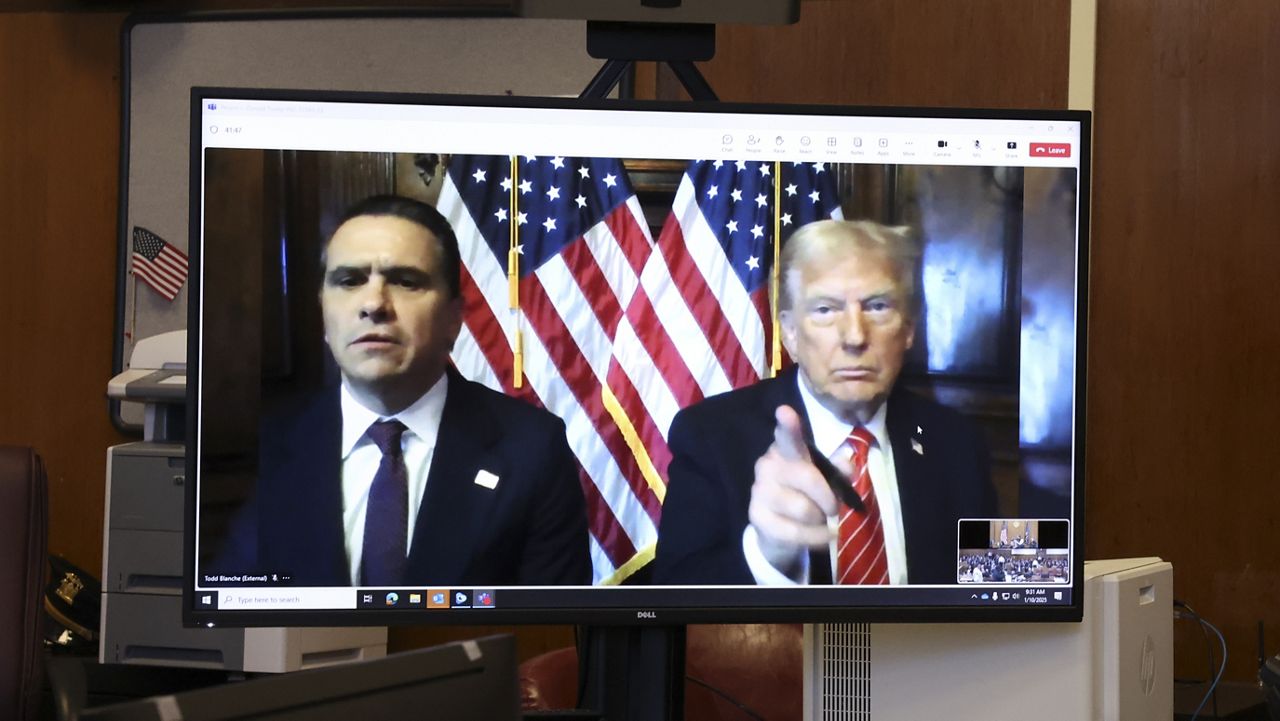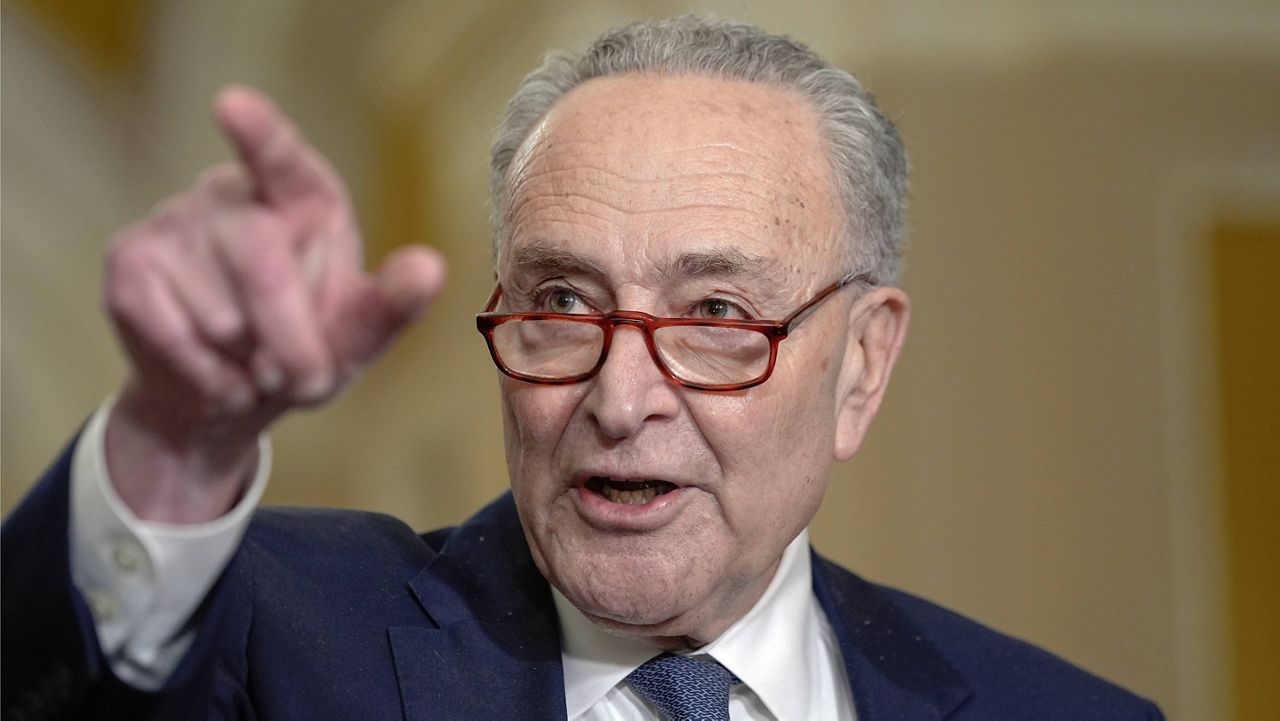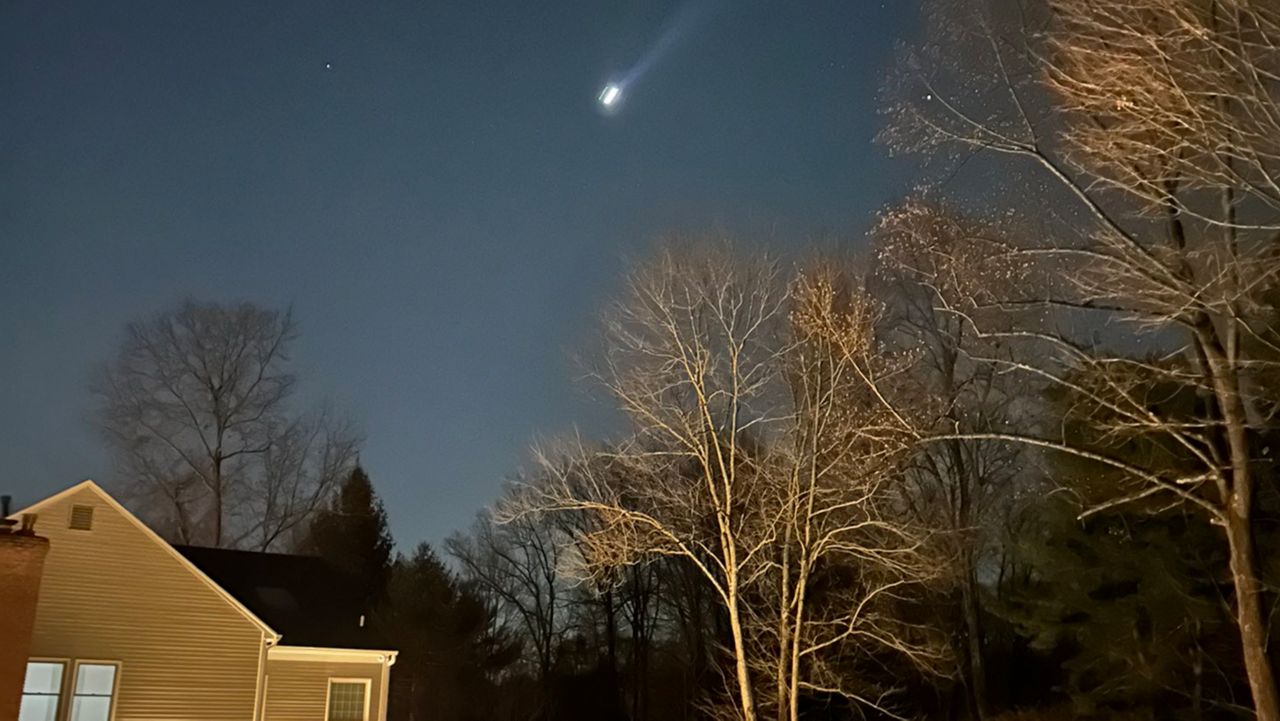In an effort to vaccinate as many Americans as possible against COVID-19, the federal government has enlisted the help of major pharmacies nationwide to administer vaccines on-site.
According to new data published Monday by Kaiser Health News, CVS and Walgreens — two of the participating pharmacies — together account for nearly 75% of the nation’s wasted vaccine supply.
As of the end of March, the Centers for Disease Control and Prevention reported a total of 182,874 wasted doses of COVID-19 vaccines to Kaiser. CVS accounted for nearly half of the tossed doses, while Walgreens made up nearly 21% of the total amount.
Combined, Walgreens and CVS wasted around 128,500 vaccine doses, per a Kaiser tally.
While the CDC is keeping tabs on the amount of manufactured vaccines that are not used, the information is not yet publicly available on the agency’s COVID Data Tracker. The agency maintains that a "small amount of wastage is expected in any vaccination program."
Kaiser’s report stems from public records requests the company made to all 50 U.S. states, plus Puerto Rico and Washington, D.C., and five major cities across the country. In total, the wasted doses actually amounted to over 200,000.
But the data, Kaiser notes, has glaring shortcomings. Fifteen states, plus numerous U.S. territories, were not included in CDC records; an additional 33 states, plus Washington, D.C., provided “at least some” data to Kaiser that showed another 18,675 wasted doses not accounted for by the CDC.
Despite the discrepancies between local and federal vaccine waste tallies, the available data shows that CVS and Walgreens together wasted more vaccine doses than the majority of states, U.S. territories, and federal agencies combined.
The reason why Walgreens and CVS wasted exponentially more doses than the majority of states and territories remains unclear, and representatives from the two companies offered slightly different explanations for the discarded doses.
A spokesperson for Walgreens pointed in part to the specific handling and shipping requirements of two vaccines as mitigating factors.
The wasted doses at Walgreens stores make up less than 0.5% of the company's total 8 million administered vaccines, the company spokesperson said in an emailed statement to Spectrum News.
The rate of discarded vaccines is "well under the anticipated discard rate and was related to vaccine handling, including broken vials or temperature fluctuations in our cold storage," the spokesperson added.
Unlike Johnson & Johnson — the third COVID-19 vaccine to receive domestic emergency use authorization which requires only one jab — both Pfizer and Moderna’s vaccines require two doses, received several weeks apart.
Both Pfizer and Moderna also rely on a vaccine cold chain, a supply chain that can keep vaccines in tightly controlled temperatures from the moment they are made to the moment that they are administered to a person.
Moderna’s vaccine requires a storage temperature of minus 4 degrees Fahrenheit, whereas Pfizer’s vaccine candidate requires a storage temperature of minus 94 degrees Fahrenheit. These are not easy temperatures to maintain accurately.
This explanation is anecdotally supported by Kaiser’s report, which found that Pfizer’s vaccine made up nearly 60% of total tossed doses.
But a CVS spokesperson emphasized that most of their vaccine waste dates back to last year, after Pfizer-BioNTech and Moderna received emergency use authorization for their COVID-19 vaccines from the Food and Drug Administration on Dec. 11 and 18, respectively.
Soon after, CVS, Walgreens, and Managed Health Care Associates, Inc. — in an agreement with then-President Donald Trump’s administration — entered into the Pharmacy Partnership for Long-Term Care (LTC) Program in an effort to vaccinate both residents and staff at nursing homes and assisted living facilities.
In a statement to Spectrum News, a spokesperson for CVS said the vast majority of COVID-19 vaccine waste occured in the early days of the LTC program. Walgreens did not specify a timeframe for when their vaccine waste occurred.
“Nearly all of our reported waste occurred within the long-term care facility program that began last December due to issues with transportation restrictions, limitations on redirecting unused doses, and other factors,” the statement from CVS read in part. “Despite the inherent challenges, our teams were able to limit waste to approximately one dose per onsite vaccination clinic.”
In total, vaccine waste at CVS retail stores made up less than 0.1% of the total COVID-19 jabs given across company stores nationwide, the spokesperson added.
It's true that the vaccine rollout under Trump, dubbed "Operation Warp Speed," has been criticized on a number of fronts, in part for relying too heavily on independent pharmacies while offering confusing guidance to state and local lawmakers, and for logistical problems that put COVID-19 vaccinations far behind schedule.
The federal vaccine program had promised to distribute enough doses to immunize 20 million people in the U.S. in December. It missed that target by millions.
Still, the number of wasted doses make up only a fraction of delivered and administered doses nationwide. According to the CDC, nearly 312 million vaccine doses have been shipped out across the country; over 247 million doses have been administered to date.
Spectrum News has reached out to the CDC for comment.
The Associated Press contributed to this report.










